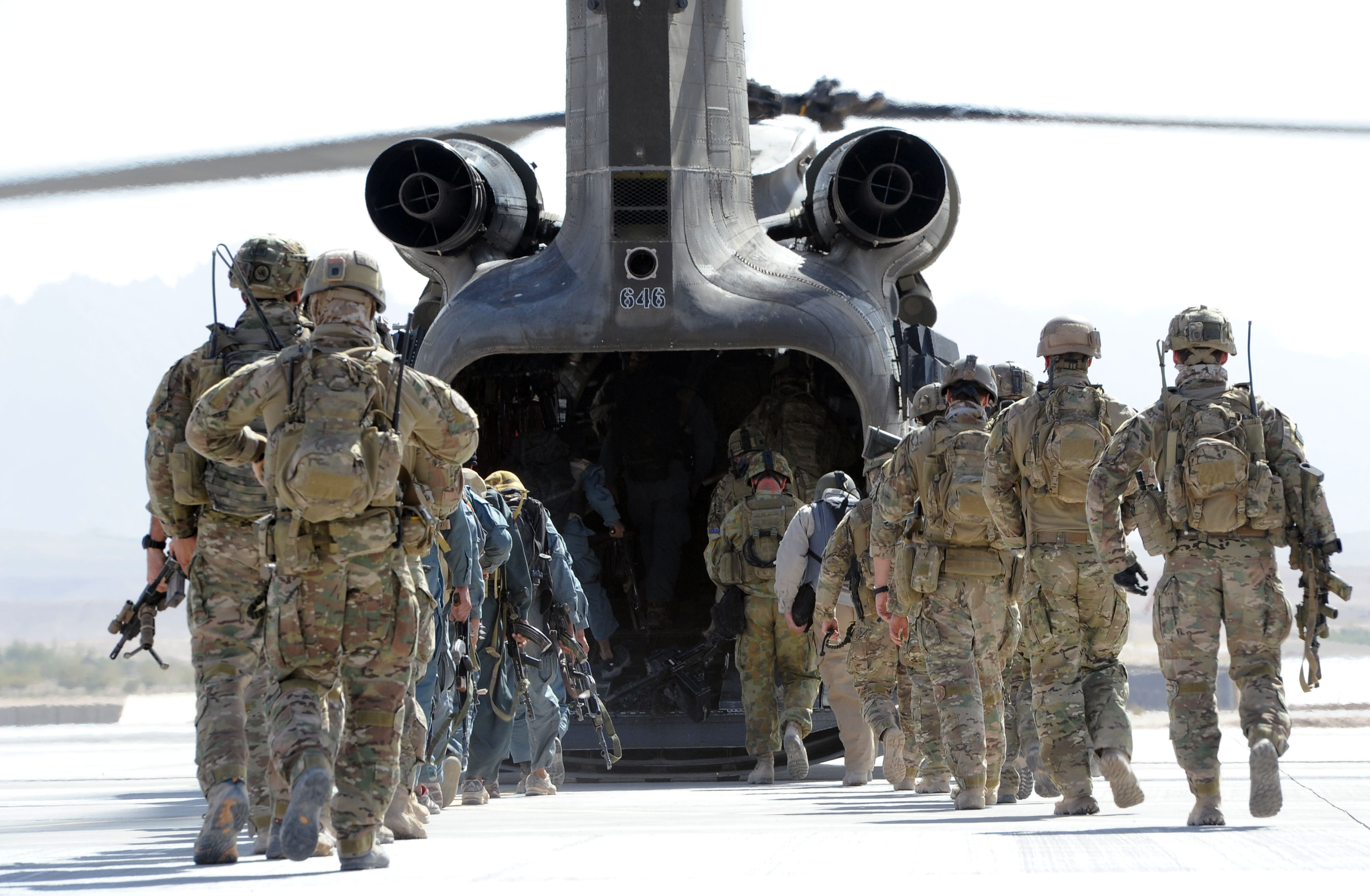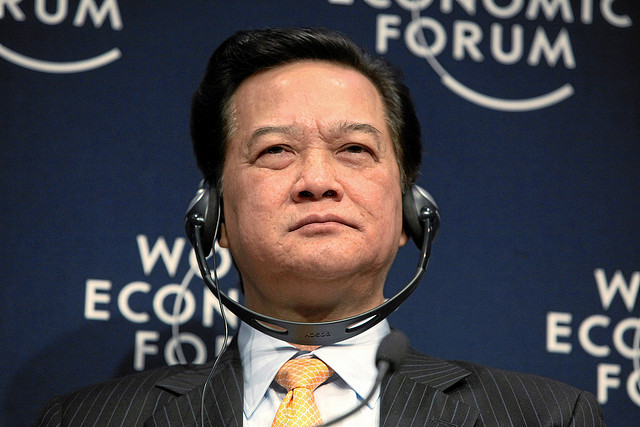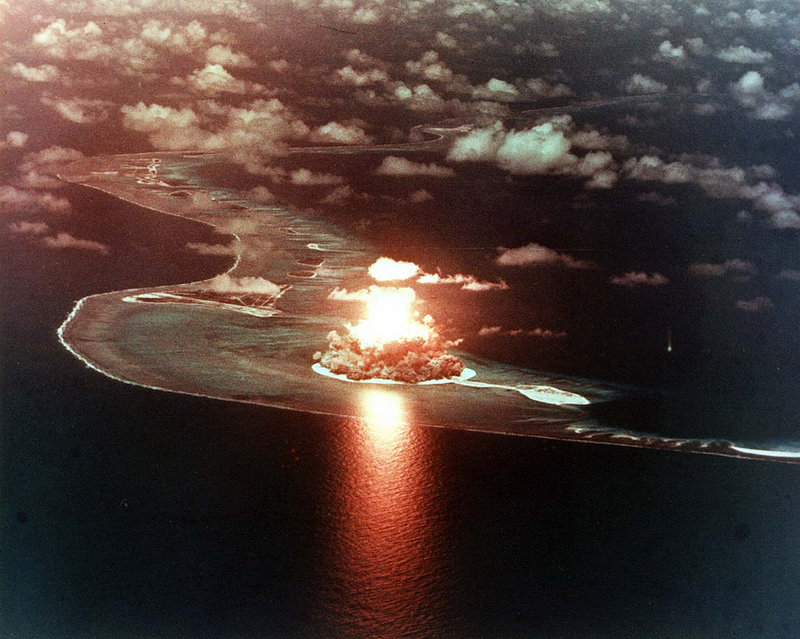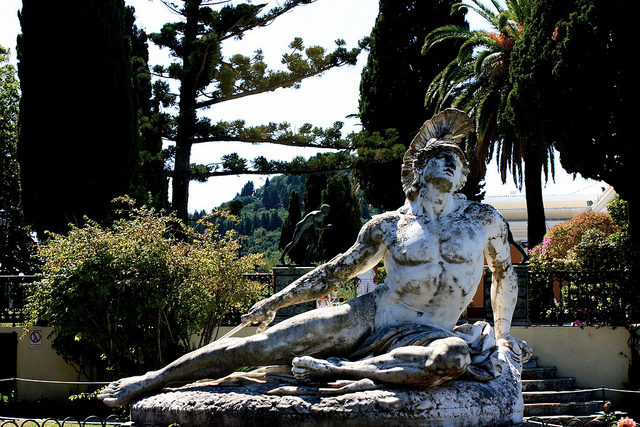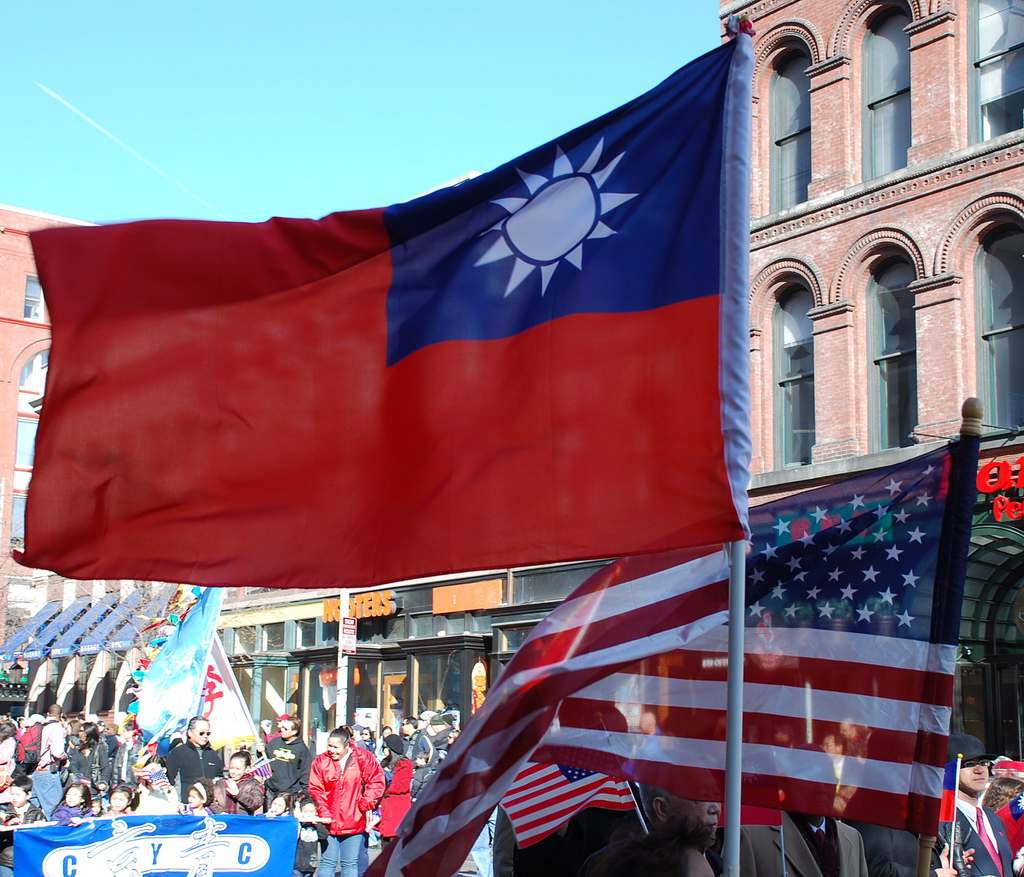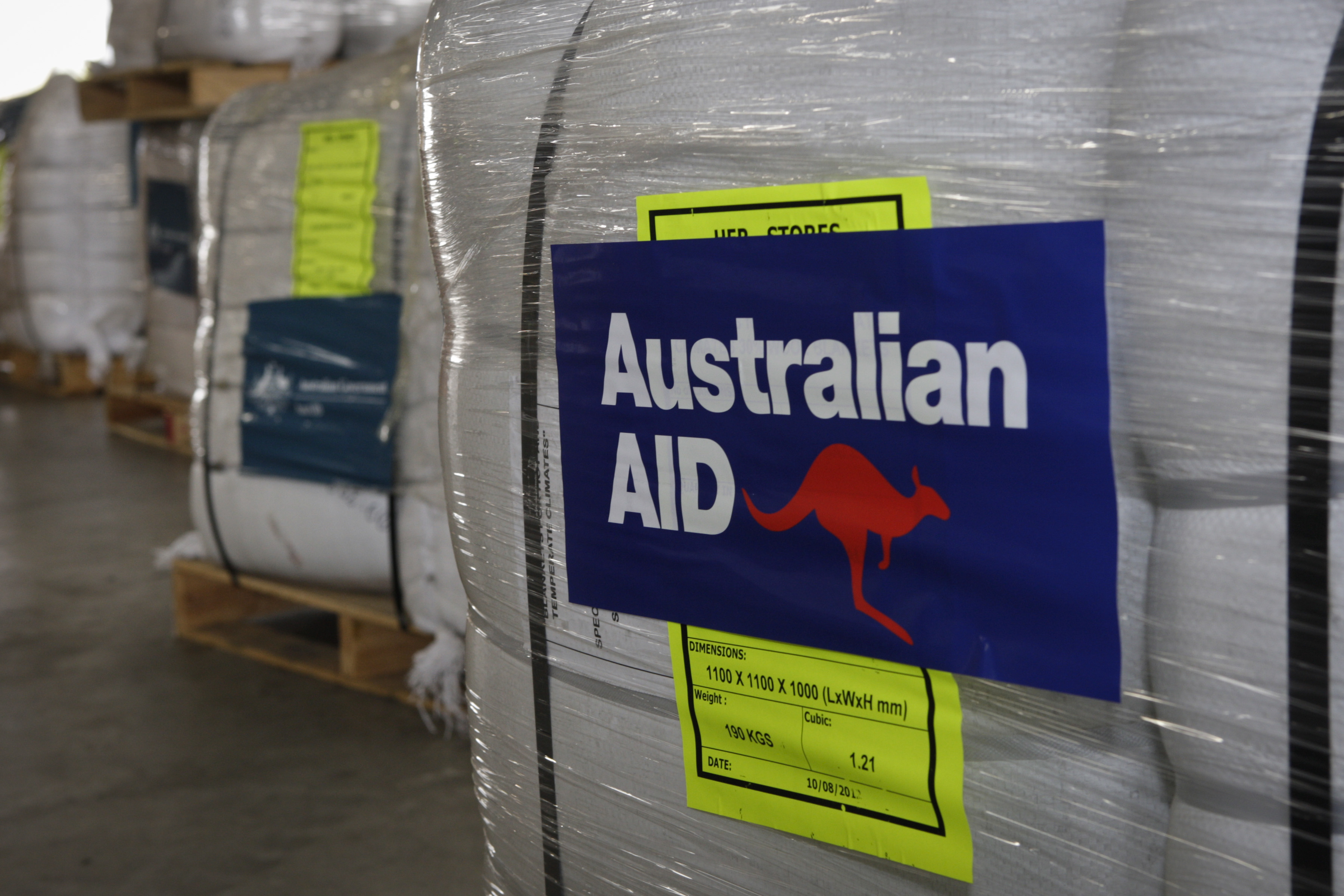Our special forces and the next white paper
To look at recent defence white papers you wouldn’t know that Australia’s special forces (SF) had been deeply involved in the 9/11 wars and have suffered half the killed in action losses. Indeed, looking across the 1994, 2000, 2009 and 2013 white papers, the post-Cold War era seemingly continues as far as our SF are concerned. The reality is starkly different. The SF have become a highly valued, well-resourced and sizeable part of the ADF force structure. For this to continue—and the strategic threat environment suggests it should—the next white paper needs to include a considered discussion of the role and future shape of our SF.
Today’s SF force structure is a response to the non-state actor, violent extremist network threat. Before the 9/11 attacks, the SF was a boutique arm, typically intended to undertake long range, long duration surveillance and reconnaissance tasks. But the demands of combat operations during the last decade have transformed the way SF are now used operationally, especially in three areas: working with friendly airpower to win wars, the tight integration of operations and intelligence and the return to favour of combat advisers. Read more

